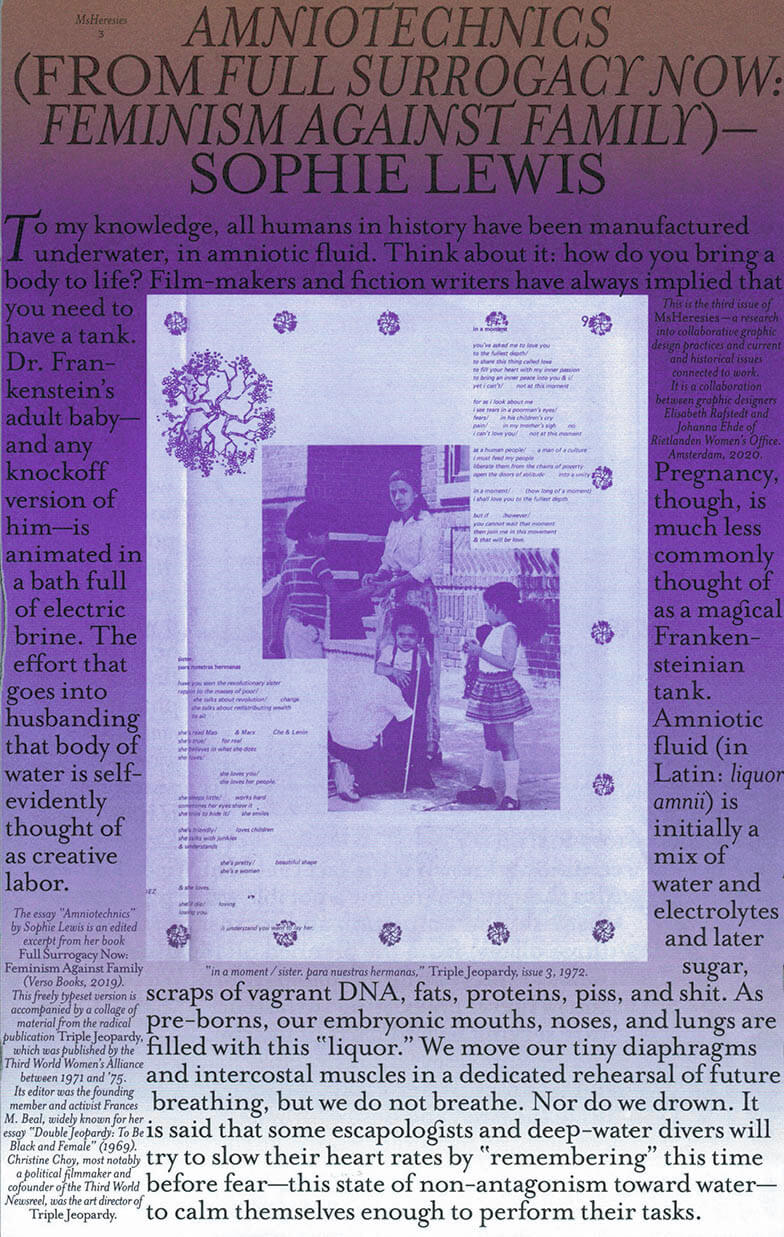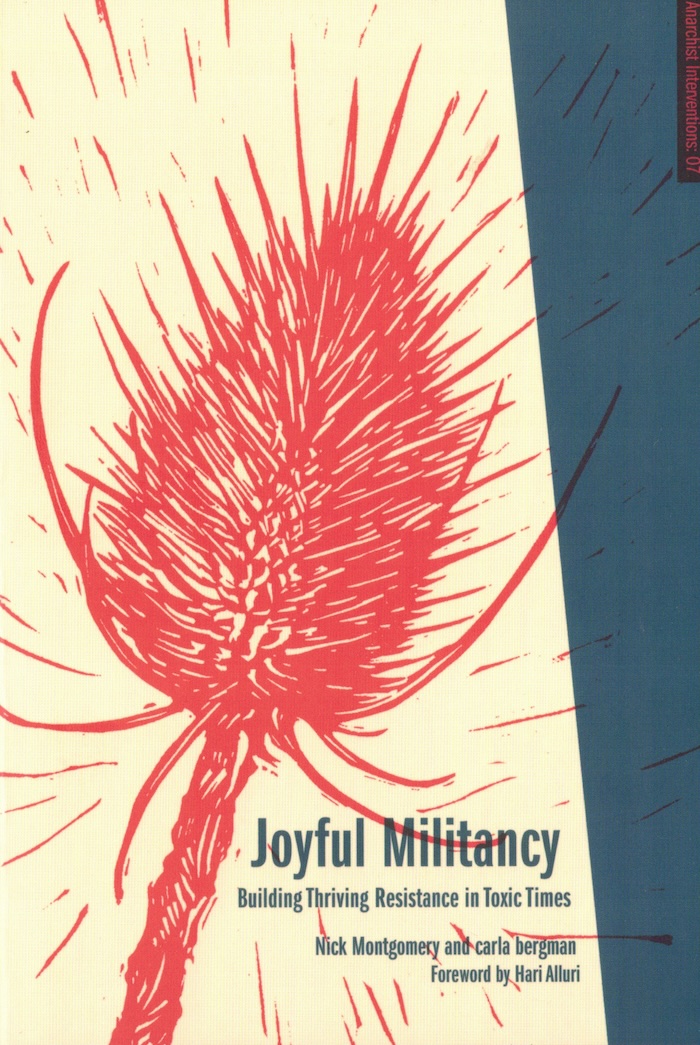
Le Corps Lesbien
"Pour Le Corps lesbien j’étais face à la nécessité d’écrire un livre entièrement lesbien dans sa thématique, son vocabulaire et sa texture, un livre lesbien du début à la fin, de la première à la quatrième de couverture. Je me trouvais par conséquent devant une double béance : celle de la page blanche que doivent affronter tous les écrivains lorsqu’ils commencent un livre, et une autre de nature différente : il n’existait aucun livre de ce genre. Jamais je n’ai relevé un défi aussi radical. Pouvais-je tenter cela ? En étais-je seulement capable ? Et quel serait alors ce livre ? J’ai gardé le manuscrit six mois dans un tiroir avant de le donner à mon éditeur."—Monique Wittig
Language: French
.jpg)






